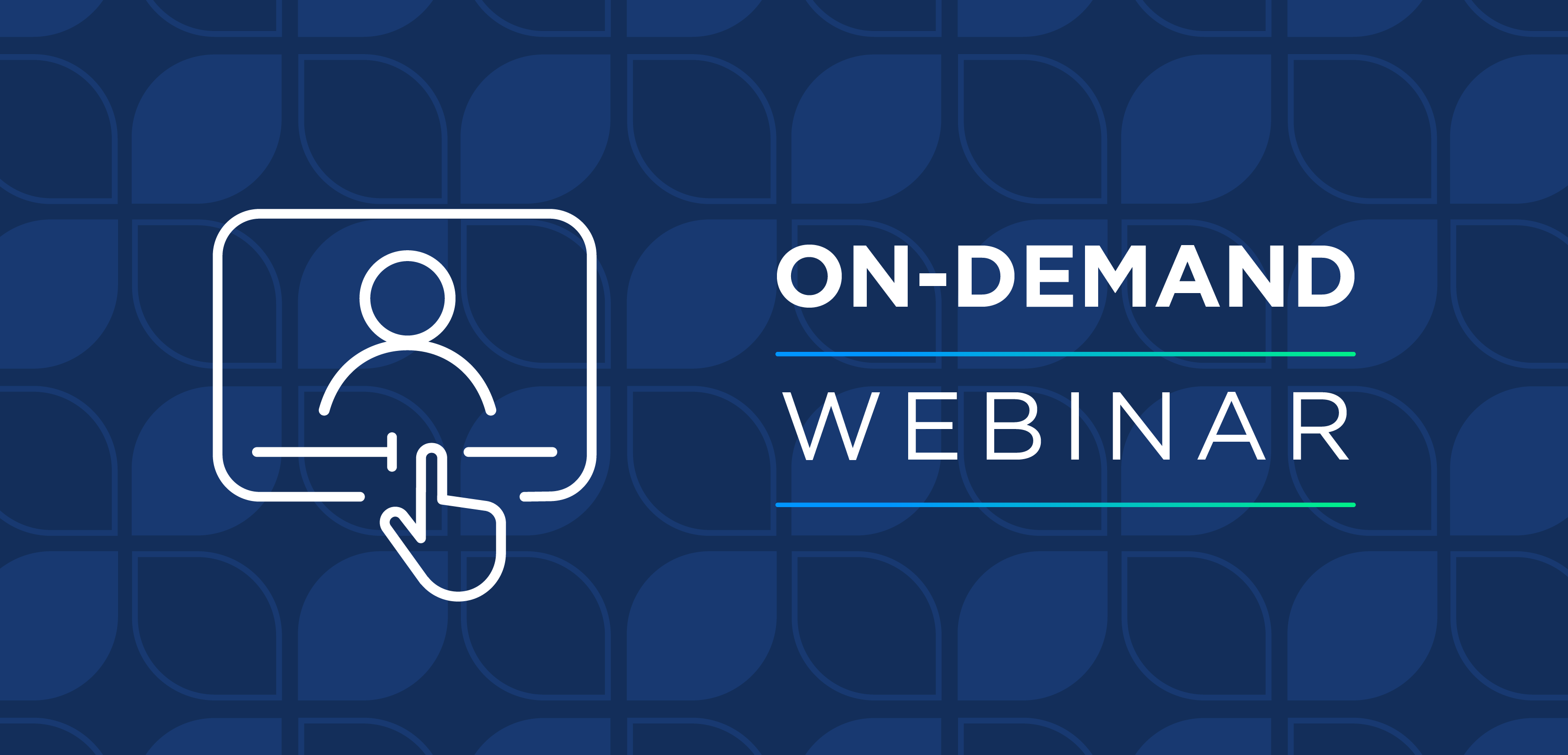
Q&A: Smarter Pharmacy Tools Are Making Patient Care Faster, Simpler | Asembia 2025
Sarah Thomas and David Skomo of HealthDyne discuss some of the most useful innovations that have been helpful for pharmacies.
AI and automation are transforming pharmacy care by improving efficiency and simplifying access. Prescription processing times that once took a full day can now be reduced to just 20 minutes, helping to prevent patient loss and treatment delays. By leveraging data-driven insights, pharmacies can guide patients to the most appropriate treatment options more quickly.
At Asembia’s AXS25 Summit, Drug Topics® sat down with Sarah Thomas, vice president of sales and commercialization at HealthDyne, and David Skomo, CEO at HealthDyne, to discuss some of the most useful innovations that have been particularly helpful for pharmacies, key strategies to enhance access to care and affordability to patients, and how these technologies can help produce more personalized care for patients.
READ MORE:
Drug Topics: What are some of the most useful innovations that have been particularly helpful for pharmacy?
Sarah Thomas: In our particular pharmacy, some of the most useful innovations have really come around better leveraging AI and automation within our operational processes to really speed time to therapy for patients. We did a recent study with some of our patients as we rolled out some of this new technology, and we were able to reduce turnaround time from a day to 20 minutes. You're able to get a prescription in and out of the door. That's faster than retail can achieve. We operate large scale pharmacies, we are fairly efficient, but the impact that has on us is it brings our cost down, but it allows us to deliver that consumer so much more expeditiously. To me, that's an exciting advancement, that's just the beginning. This is the easy stuff to be frank. The opportunity is to continue to leverage the technology to anticipate patient needs is huge.
David Skomo: What that's addressing is the problem of patient leakage that occurs. The faster you can communicate with the patient, explain to them their options and get them on therapy, the better, because patients will literally never start therapy, because it's just been burdensome to get to that point where they actually access medication.
Drug Topics: What are some strategies to enhance access to care and affordability to patients?
Thomas: I think a big part of this is transparency. As an informed consumer, it's still challenging for me and my family members to always understand where the best cost is—benefit, not benefit—and I work in the industry. Thinking about just the broader patient that's trying to access care, you shouldn't have to be educated with a college degree and spend more than a decade in the pharmacy industry to know what your options are and how to navigate them. This needs to be simplified in language and served up to patients in a way that gives them a clear choice of what's the right drug, what's the right price plan, what's the right location to fill it and curate that to that patient's situation across their benefit plan and financial assistance programs that may be available.
Skomo: Really streamlining that process and eliminating that maze and guiding the patient to the best choice and show them why it's the best choice for them, and then ultimately, get them to that decision much quicker.
Drug Topics: How can these innovations help produce more personalized care?
Thomas: I think, as you look at how we consume other products in the retail and online space, my Amazon shopping cart knows exactly what I need, and so does Target and so does Best Buy. They've anticipated based on me and my shopping habits and data what my next best action is for purchase. The same thing could very easily be applied to healthcare. I think pharmacy is ripe for the opportunity there, because there's maybe missing therapies a patient's not taking. If you're able to take advantage of the data that we know about patients and apply it in an intelligent way, I think you can anticipate both those needs across their health conditions and their care needs, but also target starting to take into consideration the behavioral needs. You're maybe more likely to stay on therapy if you're on a low cost generic even if the brand product is also effective.
Skomo: I think we as an industry are certainly starting to look at some additional tools like AI models for example, to help really ascertain what's in the best interest of the patient. I think that our pharmacy teams and our pharmacists, they understand what's best for the patient, not necessarily always good at communicating that. Patients sort of feel lost in the process. We can leverage some AI tools and provide patients with some direct online support and direction through options and channels like that, to take and ease some of that burden for the pharmacist and the pharmacy teams.
Read More of Our Coverage:
Ready to impress your pharmacy colleagues with the latest drug information, industry trends, and patient care tips? Sign up today for our
Newsletter
Pharmacy practice is always changing. Stay ahead of the curve with the Drug Topics newsletter and get the latest drug information, industry trends, and patient care tips.















































































































